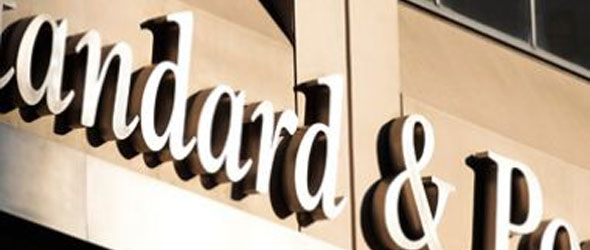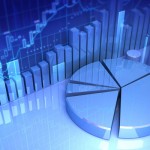Washington – Despite Friday’s downgrade of the US government’s top-notch credit rating, the first in history, US markets may avoid a major shock, as the rating decline came as no surprise and may already be priced into markets, some analysts said on Sunday.
However, the downgrade came at a time when the United States is still slogging its way through a sluggish recovery from the worst recession in decades. While Friday’s jobs report was positive, markets will be trading mainly on the news of the downgrade, which was reported after the markets closed on Friday, the analysts said.
Recent weeks have made for much drama as the US Congress engaged in what many viewed as a game of political brinkmanship while the clock ticked toward the August 2 deadline to raise the nation’s debt ceiling.
Amid fears that failing to meet the cut-off date would result in the first-ever downgrade of the federal government’s credit, a breakthrough was reached at the last minute as both parties scrambled to agree on a bill that raised the debt limit by 2.4 trillion US dollars.
But that was not enough for Standard & Poor’s, one of the three major US ratings agencies, which knocked the US credit rating down to AA+ from AAA, the highest possible rating.
Some analysts, however, said that doomsday fears expressed by many pundits and politicians are exaggerated, given the depth of US markets. While the downgrade could cause some initial panic, with some investors scurrying to sell off their bonds, such a scenario, if it did occur, could prove to be short-lived.
That is because US treasuries are the most liquid global asset available, and there is no substitute in terms of credit risk and exchange rate risk, and many investors still want to buy them, analysts said. Moreover, bond markets have already priced in a downgrade, at least partially.
The downgrade, nevertheless, has stirred a whirlwind of anxiety from US politicians, pundits and prognosticators, as well as the international community.
Barry Bosworth, senior fellow at the Brookings Institution, argued that Standard and Poor’s lacks credibility because of its miscalculations of the risks posed by the subprime mortgage crisis.
Other economists, however, are less than sanguine.
Bernard Baumohl, chief global economist at The Economic Outlook Group, said a formal downgrade could have global ramifications, as countries and major institutions could sell off US treasury securities, sparking a rise in US interest rates.
That could not only hurt the US economy, but also stifle or at least slow U.S. demand for products made in China and other emerging economies, putting a damper on global trade, Baumohl said.
On Saturday, US President Barack Obama’s administration billed S&P’s calculations leading to the downgrade as “flawed,” seeking to downplay the issue and noting that the other two major ratings institutions Moody’s and Fitch Ratings have not followed S&P’s lead.
Meanwhile, the European Union is also bracing for the week ahead on fears that its debt crisis could spread to some of the EU’s weaker economies, and leaders there are under increasingly pressure to take action. – BuaNews-Xinhua





